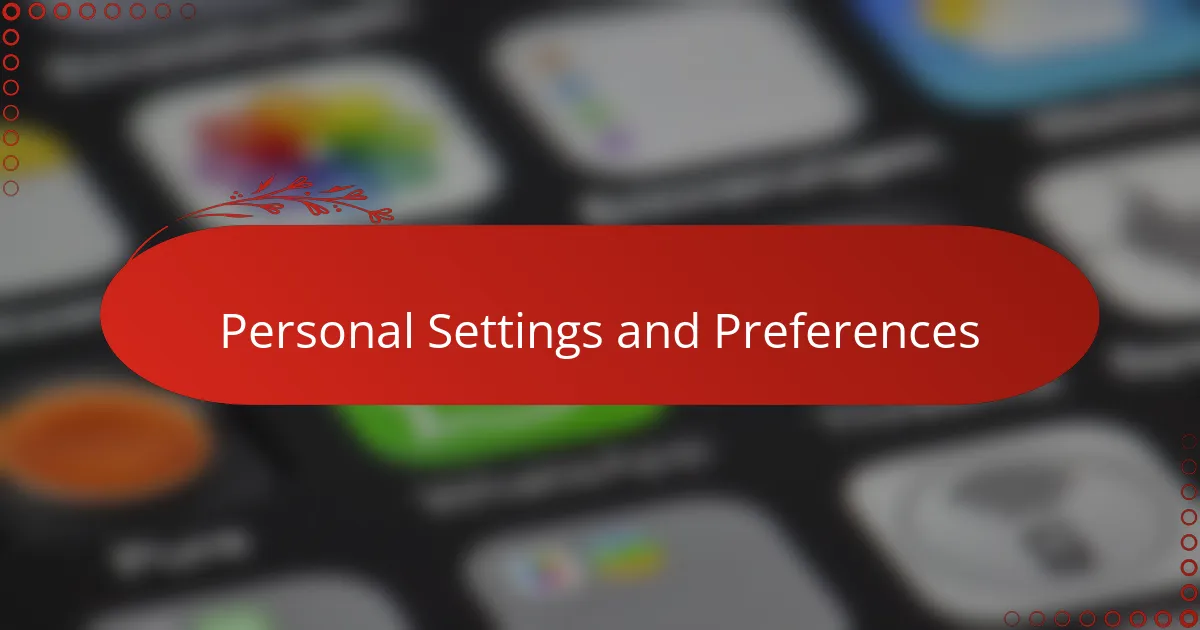Key takeaways
- The Yaesu FT-991A is a versatile all-in-one transceiver that supports multiple modes and features, including an intuitive touchscreen and built-in antenna tuner.
- Personalizing audio settings and filters significantly enhances broadcast quality, benefiting from careful adjustments for clarity and presence.
- Setting up memory channels and custom macros streamlines operations, improving efficiency and user experience during broadcasts.
- Common troubleshooting involves adjustments to notch filters, power cycling for touchscreen issues, and checking hardware connections for audio distortion.

Introduction to Yaesu FT-991A
The Yaesu FT-991A immediately caught my attention with its blend of versatility and compact design. This all-in-one transceiver covers HF, VHF, and UHF bands, which made me wonder—could one radio truly handle all my broadcasting needs with such ease? From experience, this rig’s intuitive interface and broad frequency range have made my radio setup feel less like a chore and more like an exciting hobby.

Basic Features of Yaesu FT-991A
What really stood out to me about the FT-991A was its impressive multi-mode capability. It supports everything from CW and SSB to FM and Digital modes, which means I never felt limited when experimenting with different types of transmissions. Have you ever wanted a radio that adapts smoothly to whatever communication style you’re in the mood for? This one definitely fits that bill.
Another feature I appreciate is the built-in antenna tuner. Early on, I struggled with matching antennas for various bands, but having this function right inside the transceiver simplified my setup tremendously. It felt like having a little assistant always ready to optimize my signal without extra hassle.
Lastly, the touchscreen display brings all the controls to my fingertips in a way that feels surprisingly natural. Navigating menus and making adjustments became less of a technical puzzle and more of an engaging process. Honestly, it made me wonder why more rigs aren’t designed with such user-friendly interfaces.

Essential Setup Procedures
Setting up the Yaesu FT-991A was a bit like piecing together a puzzle, but once I tackled the initial configuration, everything started falling into place. The first essential step for me was calibrating the frequency and mode settings to match my local band plans. It may seem basic, but getting this right meant clear, interference-free communication, and that gave me a real sense of control from the get-go.
Next, I focused on configuring the microphone and speaker settings. At first, I didn’t realize how much these small adjustments could impact audio clarity during broadcasts. Tweaking the gain and compression levels made my voice sound sharper and more professional—something I didn’t expect to be so rewarding. Have you noticed how the difference in sound quality can completely change your confidence on air?
Finally, I set up the antenna tuner parameters. This part was a game-changer because it ensured my signal was efficiently transmitted without constant manual retuning. It felt like the radio was working alongside me rather than against me. Trust me, once you dial this in, it transforms the whole experience from fiddling with knobs to truly enjoying the airwaves.

Configuring Frequency and Modes
Configuring the frequency on the FT-991A was surprisingly straightforward, but I quickly realized the importance of precision. Dialing in the exact frequency not only ensures compliance with band plans but also dramatically reduces interference, which made my transmissions come through crystal clear. Have you ever experienced the frustration of muddled signals? Getting this right changed everything for me.
When it came to selecting modes, I was thrilled by the ease of switching between SSB, CW, FM, and digital modes directly from the touchscreen. I remember shifting from voice to CW during a late-night session, and the seamless transition made me appreciate how versatile this rig truly is. It felt like the radio was intuitively adapting to my communication style rather than forcing me into a rigid setup.
One small but impactful tweak was customizing the mode-dependent filters and bandwidth settings. Adjusting these according to the mode sharpened the signal quality and cut down background noise, which was especially satisfying during crowded band conditions. Have you noticed how such fine-tuning can instantly improve your listening and transmitting experience? For me, it was like unlocking a new level of control over my radio.

Customizing Audio and Filters
Audio customization on the Yaesu FT-991A turned out to be more influential on my broadcast quality than I initially expected. Adjusting the mic gain and equalizer settings helped me find a sweet spot where my voice sounded natural without distortion or harshness. Have you ever played around with audio tweaks and suddenly felt your transmissions had more presence? That’s exactly the feeling I got.
Filters on this rig are a powerful tool I learned to appreciate quickly. By setting the bandwidth filters just right, I managed to reduce interference from nearby signals, which made my reception much clearer during crowded contests. I recall one evening where fine-tuning these parameters sparked a noticeable improvement—it felt like the radio finally listened to me, filtering out the noise so I could focus on what mattered.
One feature I consistently return to is the customizable audio profiles. Being able to save different filter and audio setups means I can switch between clean voice transmission and more bandwidth-rich modes easily. It’s like having a personalized soundboard ready at any moment, and honestly, it makes me look forward to each session knowing my audio is dialed in just how I want it.

Personal Settings and Preferences
When it comes to personalizing my FT-991A, I found that setting up my favorite memory channels was a real game-changer. Having quick access to my go-to frequencies saved me from fumbling through menus during busy broadcasts. Do you know that satisfying feeling when everything just clicks into place? That’s exactly how I felt every time I hit a preset channel perfectly tuned for the moment.
Another preference I tweaked was the display brightness and color schemes. Since I often operate late into the night, dimming the screen helped reduce eye strain without compromising readability. It’s a small adjustment, but I noticed how it improved my focus and comfort over long sessions—something I hadn’t thought much about until I experienced the difference firsthand.
Lastly, configuring custom macros streamlined many repetitive tasks like changing bands or modes. This feature felt like the radio was anticipating my next step, making the workflow smoother and more enjoyable. Have you tried setting up macros on your rig? For me, it turned a handful of button presses into a single, satisfying command, adding a layer of efficiency I didn’t know I needed.

Troubleshooting Common Issues
One issue that caught me off guard early on was unexpected interference during transmissions. At first, I double-checked all my connections, but it turned out the culprit was an incorrectly set notch filter. Adjusting that filter made a huge difference; have you ever felt that relief when a simple switch suddenly clears up your signal?
I also ran into moments where the touchscreen became unresponsive, usually after extended use or when changing modes rapidly. My go-to fix was a quick power cycle—turning off the radio, then back on—and that almost always reset the system smoothly. It’s like giving your rig a short break to gather itself before jumping back in.
Lastly, audio distortion sometimes sneaked into my broadcasts despite careful mic adjustments. Tracking down the issue led me to discover that cable quality and tight microphone connectors can be just as critical as settings. It taught me that troubleshooting isn’t always about software tweaks but also checking the hardware basics—ever been surprised by how a loose plug can cause so much frustration?
